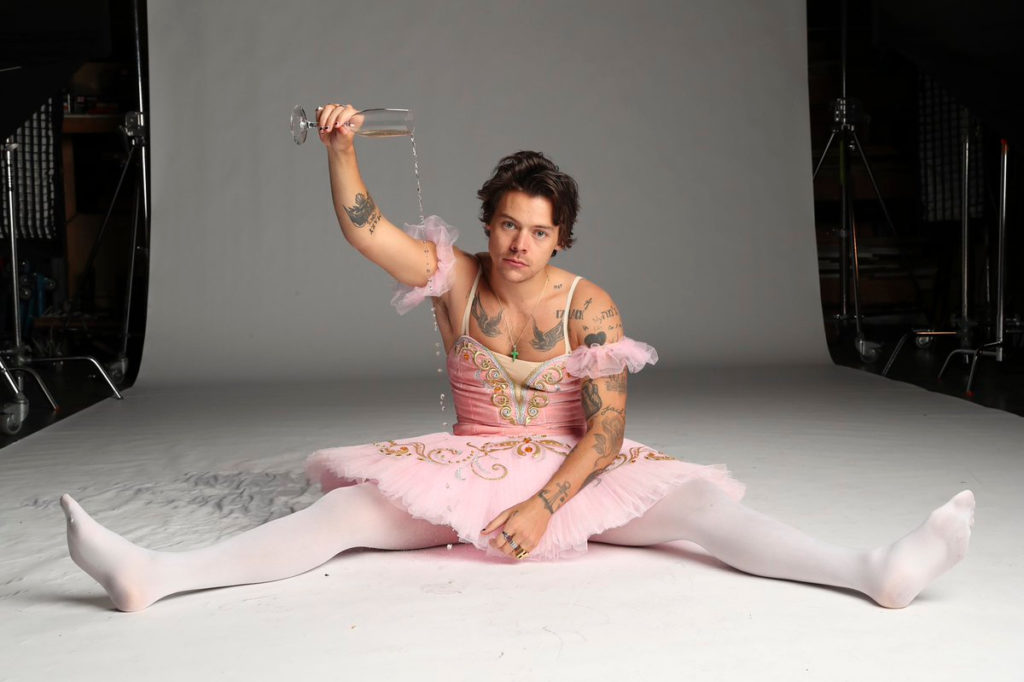NFTs, nostalgia and niche subcultures – A tale of Gen Z through a marketing lens
Their spending power is on the rise, they’re driving key cultural trends and they offer a high potential customer lifetime value, yet understanding and connecting with Gen Z is something brands seem to either nail or miserably fail.
The reason why is anyone’s guess.
Maybe it’s because we’ve spent more time understanding past generations, or perhaps it’s the pace at which cultural norms among Gen Z change.
Regardless, it’s important for marketers to be across the here and now, so we’ve put together a list of the key trends influencing Gen Z’s purchasing behaviour and pulled apart what these trends mean for brands.
Nostalgia: What’s Old is New Again
Cultural exploration and accessibility are some of the key factors driving the rebirth of trends from years gone by. To demonstrate this, we’ll use music as an example.
Accessibility in the Music Industry
If you ask older generations the question “what music do you listen to?” they might mention their favourite band, or maybe a list of their most beloved artists.
Ask the same question to someone belonging to Gen Z and you’ll probably get a less specific response along the lines of “a bit of everything,” or “I’m going through a classic pop phase at the moment.”
The driver behind this difference is the access Gen Z has to such a significant volume and variety of genres and eras with just a few clicks on Spotify, which has seen the likes of Elton John surge back into popularity.
In contrast, we used to have to visit a physical outlet and buy music in hard copy album form, leaving less room for exploration and discovery.
Exploration & Discovery
This desire for exploration and discovery, coupled with growing perceptions regarding the intrusiveness and pervasiveness of tech, has also led Gen Z to find solace in the simplicity of trends characterising past eras. These include the likes of vinyl records, polaroid cameras and vintage clothes that are all back on trend.
Of course, when there’s an appetite for something, brands aren’t far behind looking for opportunities to capitalise – but marketers tapping into nostalgia must ensure a clear and organic link to their brand.
Nostalgia Marketing in Action
Marketers tapping into nostalgia must ensure a clear link to their brand. This is because nostalgia marketing is all about eliciting positive emotional associations as people reminisce fonder times in the context of your brand’s story.
The resurgence of Crocs, a brand that Gen Z grew up with, is a great example of this. Going from ugly to on-trend, Crocs have strategically developed partnerships with key cultural figures and embraced their fun, colourful and quirky nature which appealed to Gen Z when they were kids; something they perhaps miss in their current lives.
Crocs have also leveraged unique designs, which are attractive to Gen Zs given their craving for individual self-expression.
Self-expression: Forging a New Path
The Fragmentation of Mainstream Pop-culture
Gen Z’s desire to embrace their unique selves is another factor that makes them a challenge to engage for marketers.
Fragmented by subcultures derived online, each with their own lingo and norms, the key challenge to connecting with the Gen Z audience is that there is very little consistency in how they express themselves. Why? Because in past eras, niche interests were enjoyed in isolation, before access to like minded community groups online was easily available.
This is in stark contrast to what we see in 2022, with the evolution of social media. Now there’s a community for everything online where people can connect with like-minded individuals.
This has led many to believe that mainstream pop culture is losing its appeal, with Gen Z shifting its attention towards icons and influencers they can actually relate to, as opposed to the high profile celebrities of the world.
Redefining Gender Stereotypes
One beloved authenticity pop-culture icon is Harry Styles, who among others, is redefining gender expression.

With the lines of traditional feminine and masculine gender stereotypes fading, especially in relation to fashion and creative expression, gender expression is becoming increasingly fluid. This has led to the emergence of unisex products in new categories and a need for brands to represent these new gender ideals, or risk losing their appeal to Gen Z.
Nailing a Niche
The diverse nature of Gen Z’s values and attitudes, derived from a willingness to be different, means that for brands to truly shine, in many instances, it’s about defining a clear mission and using that to earn props among a specific subculture.
A three-year-old start-up called ‘Liquid Death,’ which was recently valued at $700 million exemplifies this notion perfectly.

The company has earned its stripes by selling water in thoughtfully designed beer-style cans. Yes, you heard that correctly, a $700 million company from the idea of selling water in cans.
It’s often a wacky, yet brilliantly simple creative idea that works because it offers a more aesthetically pleasing and environmentally friendly alternative to a traditional water bottle and a fun way for non-alcohol drinkers to get involved.
Putting it All Together
While Gen Z is a complicated bunch, by examining how and why they’re driving key cultural trends, we’ve given you an idea of how your brand could better connect with them as part of your brand strategy.
At Alpha, we lead with curiosity and that means providing scope and opportunity for continual learning and development to ensure we’re across emerging trends. This allows us to tailor and iterate our marketing approach for our clients to drive the highest level of impact.
If developing targeted and relevant digital marketing campaigns that speak to the individual needs of a unique audience feels like something your business requires assistance with, get in touch with the team at Alpha Digital.